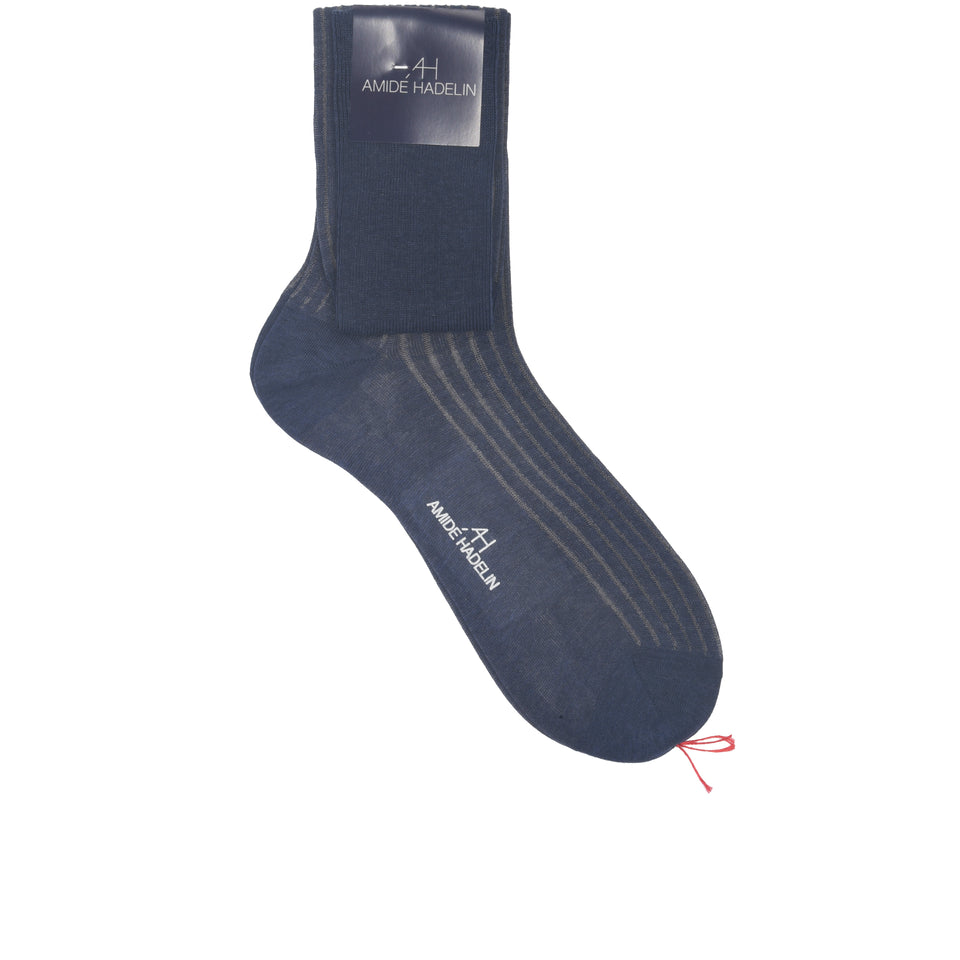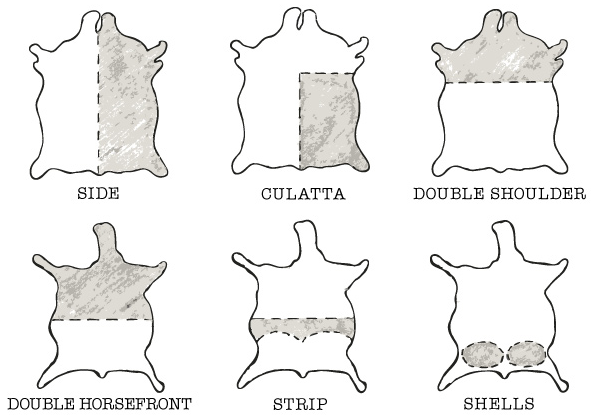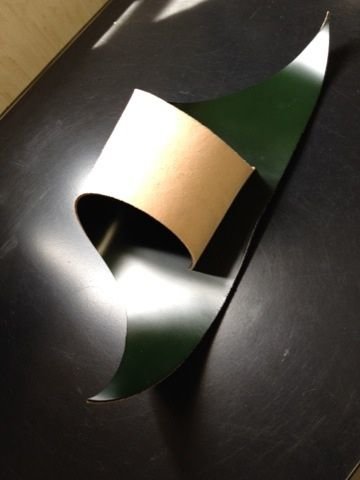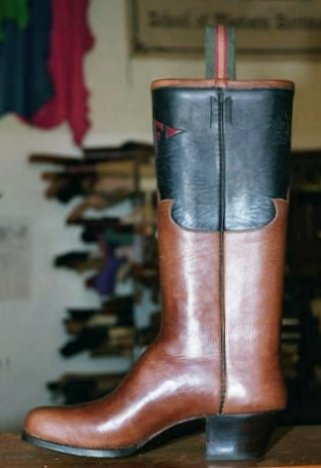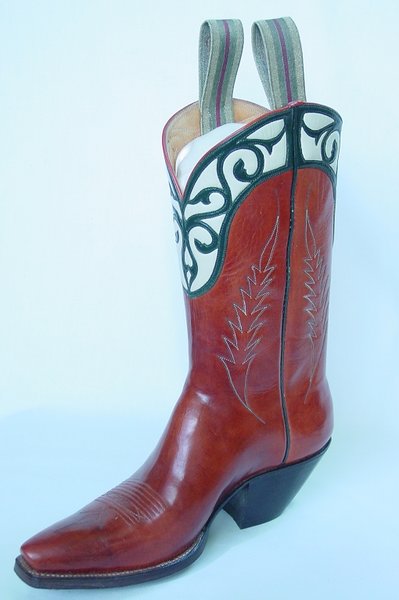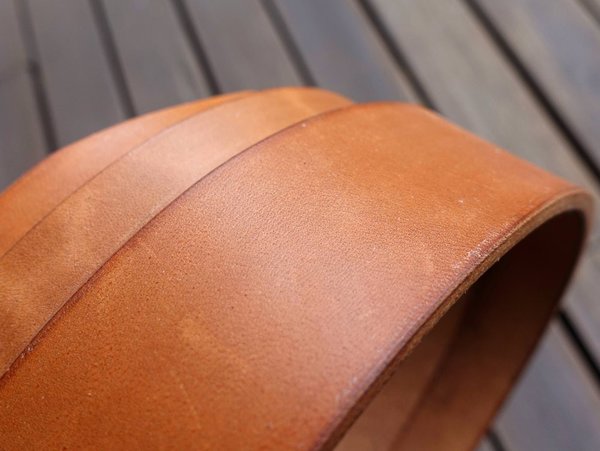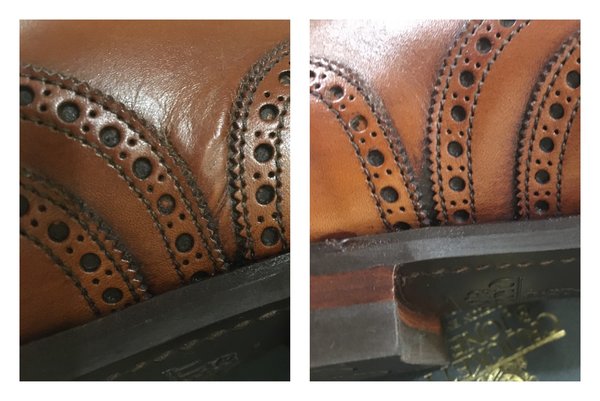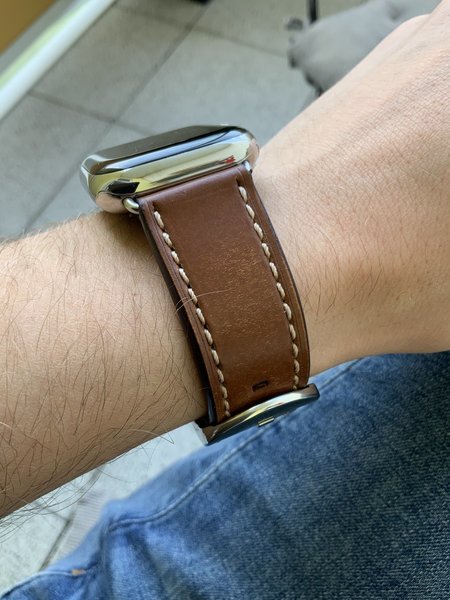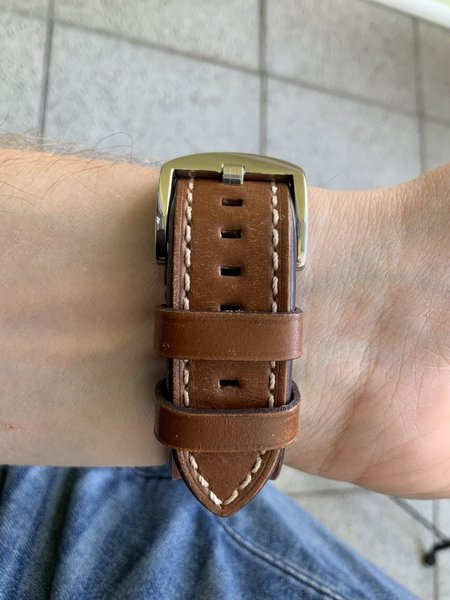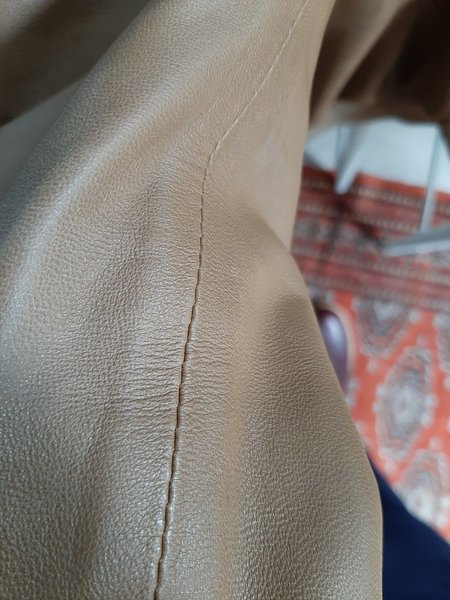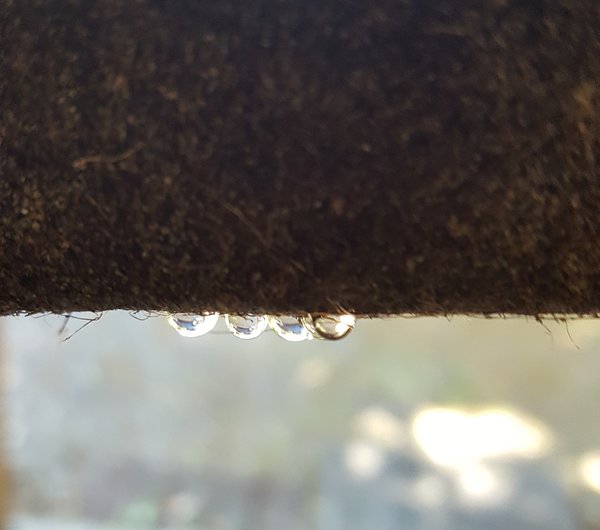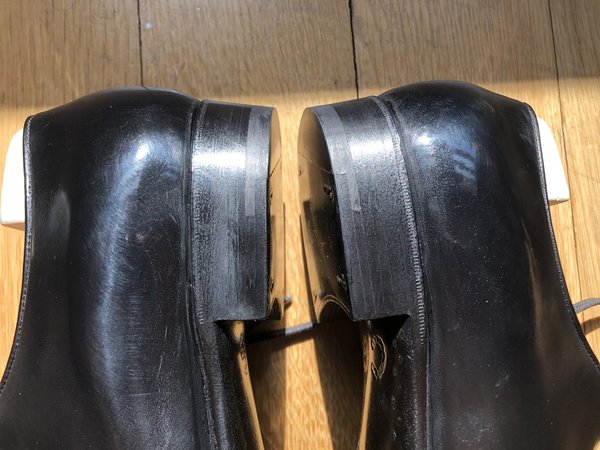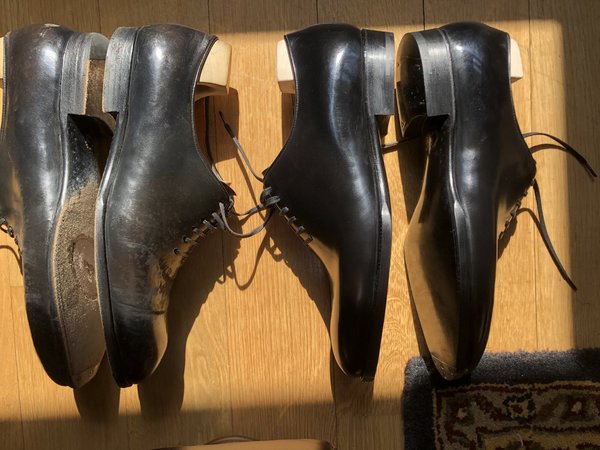So how old is an optimum calf?
Are we looking at some happy mid-point where the leather is both flawless and soft but has had some opportunity to fill-outhank and toughen?
(N.B. this comes back to my former theme. There's some controvery in the UK about male dairy cows getting bolted, and sent for pet food, as soon as the mother is giving milk. I.e. dairy dies v. young or old...)
Are we looking at some happy mid-point where the leather is both flawless and soft but has had some opportunity to fill-outhank and toughen?
(N.B. this comes back to my former theme. There's some controvery in the UK about male dairy cows getting bolted, and sent for pet food, as soon as the mother is giving milk. I.e. dairy dies v. young or old...)



